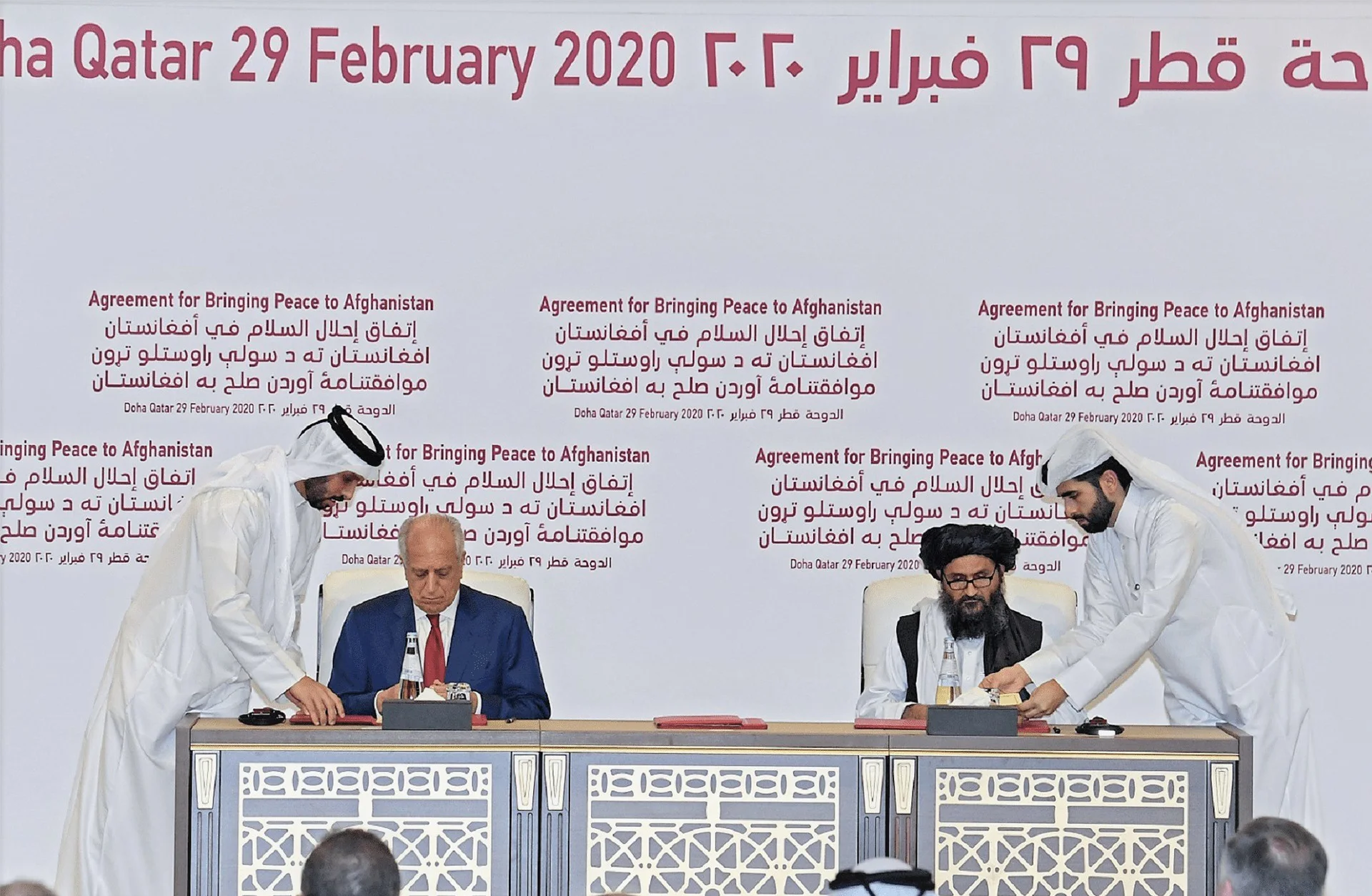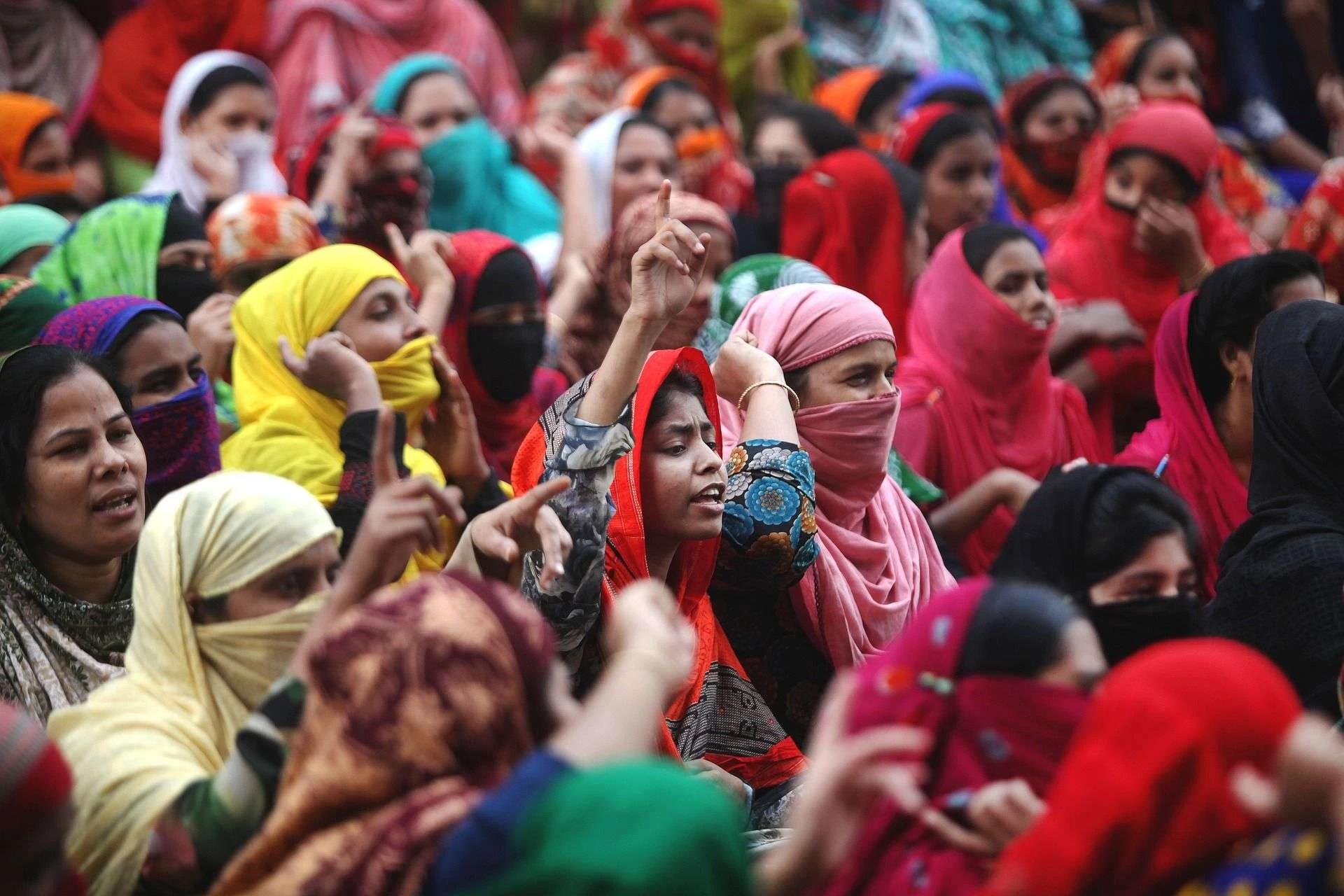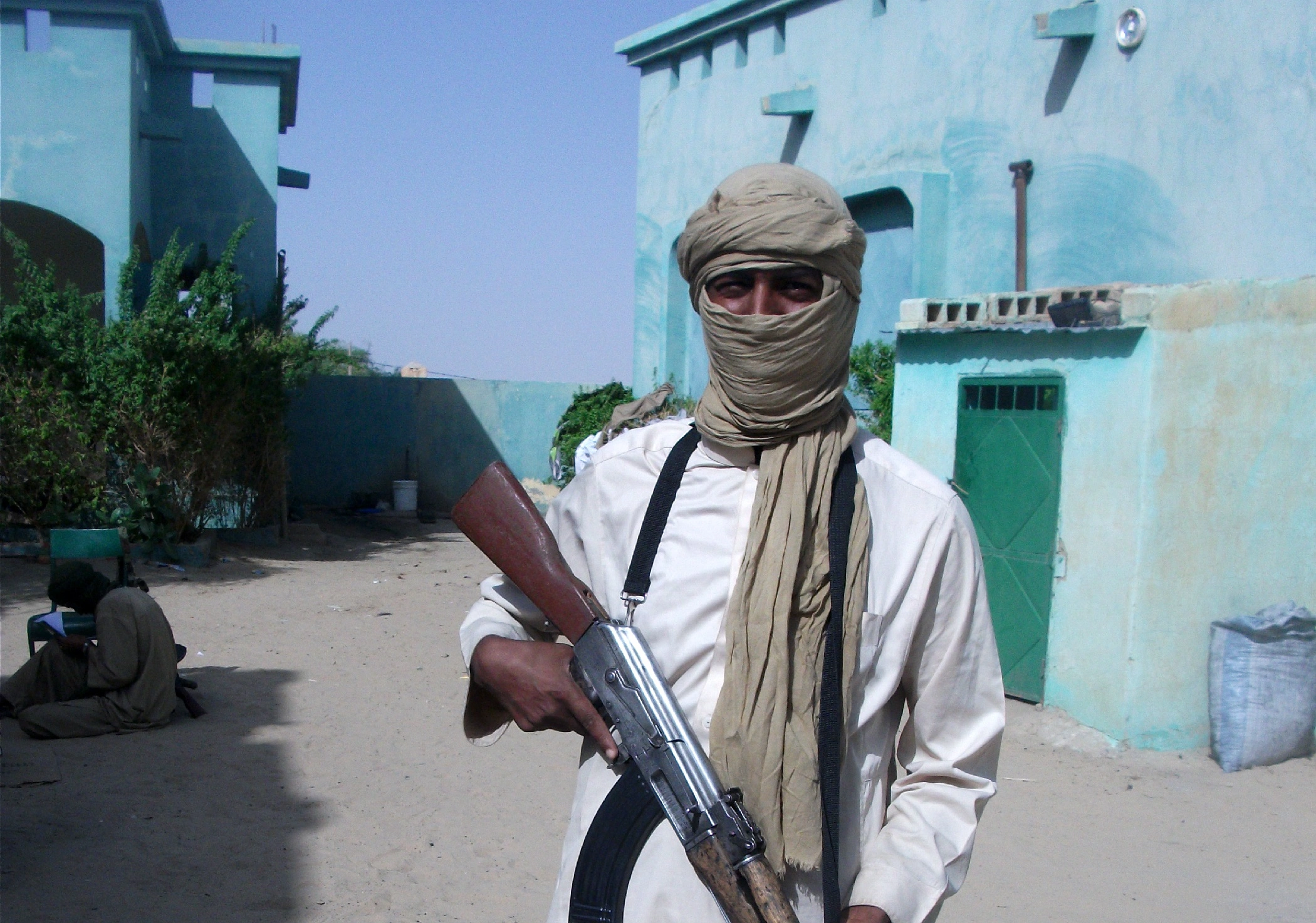Nepal has been witnessing the worst air pollution since the last week of March, which meteorologists say is unprecedented in the country’s history.
Meteorologists and environmentalists said that the country used to be shrouded by haze and smog for around a week in the past, but this year, murky conditions have stretched on for more than two weeks with visibility dropping to less than eight kilometres.
“Our records show haze conditions persisted for around a week in the past,” said David Dhakal, a meteorologist at the Meteorological Forecasting Division under the Department of Hydrology and Meteorology. “This time, most parts of the country have been shrouded by haze since March 24.”
Dust particles and smoke are blamed for hazy conditions, which have deteriorated the air quality of the entire country.
Kathmandu has been the most polluted city in the world for around two weeks, with PM2.5 levels soaring to hazardous levels.
IQAir, a Swiss group that collects air-quality data from around the world, ranked the Kathmandu Valley the most polluted city in the world on Tuesday as well, with PM2.5 levels reaching 224 micrograms per cubic metre (μg/m3), hazardous level.
While Bhaisepati of Lalitpur recorded 224 micrograms per cubic metre, air quality in several other locations of the Valley, including Shankharapur, Adhikarigaun, Chagunarayan, Sudal, Tathali, Jawalakhel, and others, crossed 150 micrograms per cubic metre (μg/m3).
PM2.5 refers to particulate matter (solid or liquid droplets) in the air less than 2.5 micrometers in diameter. It is among the most dangerous pollutants that can get past the nose and throat to penetrate the lungs and even the bloodstream. PM2.5 particles are small and are also likely to stay suspended in the air for a long time, increasing the chances of people inhaling them.
As per the US Environmental Protection Agency’s air quality index, an air quality reading of 151–200 is considered unhealthy; everyone may experience problems, with sensitive groups feeling more severe effects. When air quality reaches 201-300, it is considered a very unhealthy level, and health risks increase for everyone in the area. When it crosses 300, it comes under the hazardous level, meaning that air quality is extremely poor, which poses serious health risks to everyone.
Wildfire incidents in hundreds of locations in the past two weeks, including Chure forests, along with stubble burning, burning of other waste materials, house fires, and brick kiln operations, are blamed for the deteriorating air quality in the Valley.
Hundreds of wildfires have been raging across the country for the past several weeks. The Chitwan National Park, Parsa National Park, Shuklaphanta National Park, Bardiya National Park and others, have witnessed dozens of wildfire incidents.
Chitwan National Park and Parsa National Park witnessed over 60 forest fire incidents each.
Shuklaphanta National Park saw 25 incidents of forest fire in a week.
“Most of the major forest fire incidents are under control,” said Abinas Thapa Magar, spokesperson of Chitwan National Park. “With the help of the army and other security agencies, locals, we have contained the major fire, but it breaks out almost daily.”
Also See: Growing Tiger Population of Nepal Raises Concerns
Uncontrolled and widespread blazes are blamed for worsening air quality in the valley.
A recent analysis by the International Centre for Integrated Mountain Development (ICIMOD) shows that high pollution has been the norm in 2025, with inhabitants suffering 75/90 days of unhealthy air in the past three months. Experts at the centre attribute the spike to pre-monsoon forest fires across Nepal, especially in the west, where many districts have moderate to extreme drought.
The worsening air quality has aggravated respiratory illness among the general public. Major hospitals in the Valley have reported a sharp rise in flu, viral fever, cough and respiratory disease cases. The Ministry of Health and Population has urged the general population to remain indoors to avoid the impacts of deteriorating air quality.
Meanwhile, the Meteorological Forecasting Division said some parts of Koshi Province witnessed rainfall on Tuesday. Light rain is likely on Tuesday night in Madhesh and Bagmati Province. A low-pressure area created near the Bay of Bengal will bring moisture to the country, causing light rainfall, thunderstorms, and strong winds, according to the Division.
“Light to moderate rainfall will occur tomorrow [Wednesday] in most places throughout the country,” Dhakal said. “This will lessen the existing pollution.”
This news is sourced from Kathmandu Post and is intended for informational purposes only.

![Nepal faces worst air pollution in history, with hazardous levels in Kathmandu due to wildfires and dust, worsening health. [Image via The Kathmandu Post]](https://southasiatimes.org/wp-content/uploads/2025/04/thumb11.webp)




